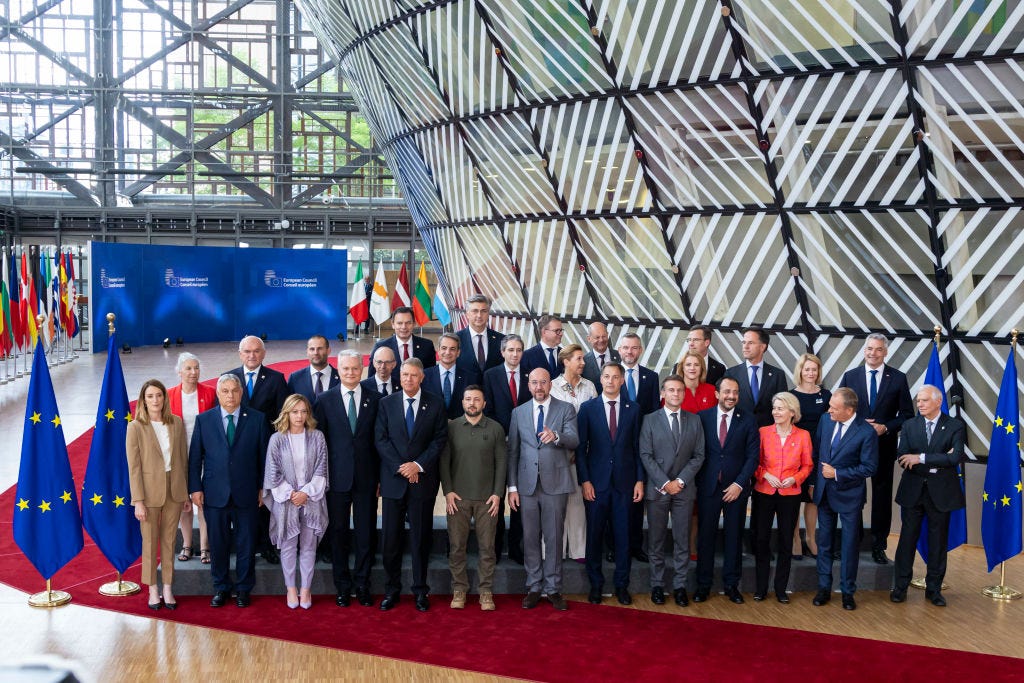Plenty to Spare
With Europe shunning Russian gas, where will it go?
“Nothing succeeds like excess.” – Oscar Wilde
The 2025 edition of the Statistical Review of World Energy was released on Thursday, and despite all the happy talk about renewables across legacy media, even the Energy Institute had to acknowledge reality in the accompanying press release. Global consumption of oil, natural gas, and coal each set record highs in 2024. The world emitted more carbon into the atmosphere last year than ever before. Hydrocarbons accounted for 86.6% of total energy supply, a marginal decline from 87.0% the year prior (a statistical rounding error), despite decades of effort and trillions of dollars spent attempting to phase them out. Net zero remains just around the corner—a target sure to be achieved roughly never.
Among the countless nuggets of data that will eventually find their way into this publication over the coming year, we were particularly keen to inspect the statistics on natural gas, which now accounts for a quarter of worldwide energy consumption. Russian natural gas, despite coming from the most sanctioned country in the world, rebounded 7% over the prior year, with production reaching nearly 61 billion cubic feet per day (bcf/d). That figure ranks second only to the US, which produced 100 bcf/d, and more than doubles that of the 25 bcf/d bronze medalist, Iran. Roughly three-quarters of Russia’s output was consumed domestically, feeding the country’s formidable manufacturing base and warming most of its homes, with the remainder available for export or injection into storage.
Russian natural gas might soon no longer be welcome in energy-starved Europe—a continent that aspires to possess a similarly formidable manufacturing base but lacks the joules to do so. What Europe has in spades, however, is a capacity for virtue signaling and a fondness for summits, both of which have been on full display throughout the month of June:
“The European Commission on Tuesday proposed a legally binding ban on EU imports of Russian gas and liquefied natural gas (LNG) by the end of 2027, using legal measures to ensure the plan cannot be blocked by EU members Hungary and Slovakia. The proposals set out how the European Union plans to fix into law its vow to end decades-old energy relations with Europe's former top gas supplier, made after Moscow's 2022 invasion of Ukraine.
First, imports would be banned from January 1, 2026, under any Russian pipeline gas and LNG contracts signed during the remainder of this year. Imports under short-term Russian gas deals—defined as those lasting less than one year—signed before June 17, 2025, would be banned from June 17 next year. Finally, imports under existing long-term Russian contracts would be banned from January 1, 2028, effectively ending the EU's use of Russian gas by this date, the Commission said.”
Whether Europe can fully sever its dependence on Russian gas remains to be seen, as the latter still supplies roughly a fifth of the continent’s needs. Regardless of Europe’s path, Russia’s abundance of cheap, clean-burning natural gas will remain available to the rest of the world, and the fate of this excess supply is likely to reshape global energy markets for years to come. In a geopolitically unconstrained world, Russia could even surpass US gas production—an outcome that, while remote, underscores the significance of the question before us. Let’s explore Russia’s methane options and the broader implications.



